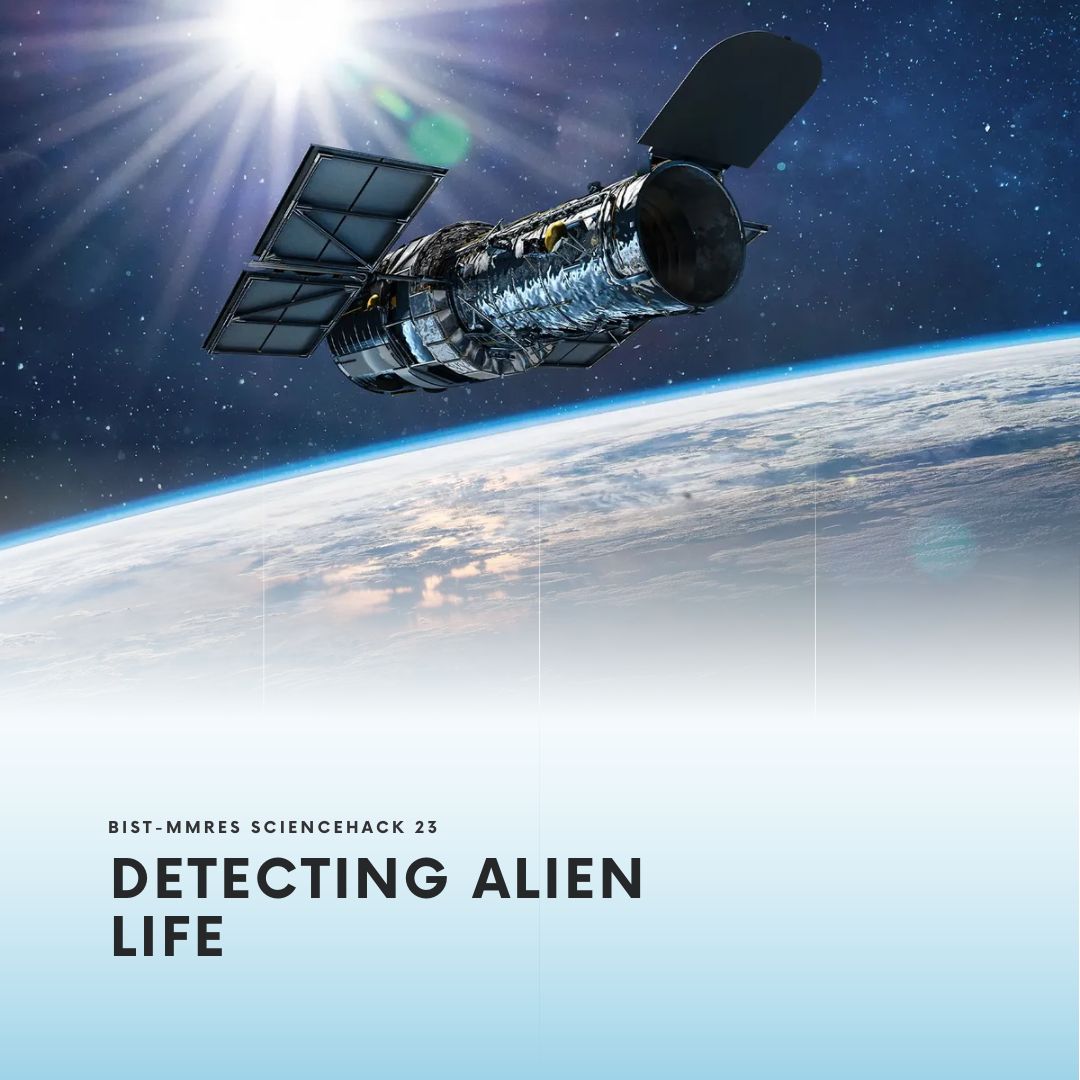
Extraterrestrial life detection using biosignatures can be difficult, especially determining which signals and molecules indicate the presence of life when detected in faraway exoplanets.
The challenge will be to devise a set of signatures that would demonstrate the presence of life and justify the parameters or metrics used for this selection.
Extraterrestrial life detection using biosignatures can be difficult, especially determining which signals and molecules indicate the presence of life when detected in faraway exoplanets. Your challenge is to devise a set of signatures that would demonstrate the presence of life and justify the parameters or metrics used for this selection.

There are many reasons why scientists are interested in searching for evidence of alien life. Some people believe that it could help us to better understand our place in the universe, while others are
interested in the possibility of finding new forms of life that could help us to learn more about the origins of life on Earth.
While there are many ways that scientists search for evidence of life, the most used approach is studying the atmospheres of other planets or moons to look for gasses or other molecular components that
might be produced by living organisms. They do this analyzing the transition of the planet in front of its host star. As explained in the infographic, when a planet passes in front of its host star, the
light from the star will pass through its atmosphere, and looking at how the light changes, scientists can reconstruct the composition of the atmosphere. This way, we can detect certain components that
might be produced by living organisms, and therefore, could be evidence of alien life.
Your challenge is to select a set of signatures or atmospheric components that would prove, in your opinion, the past or current presence of life. What would we look for in order to say “we have found alien
life”?Note that in the process, you must justify which resources or parameters you took into account for your selection and why you have chosen those specific components.
Potential Considerations
As you develop your solution, you may (but are not required to) consider the following:
INTERESTING READING
30 Teams joined